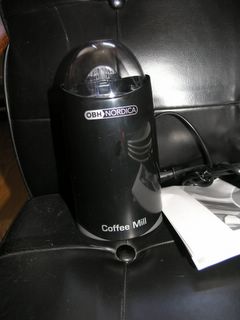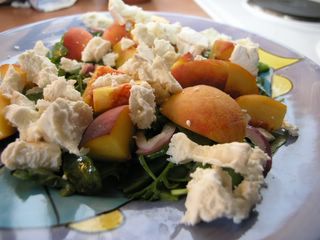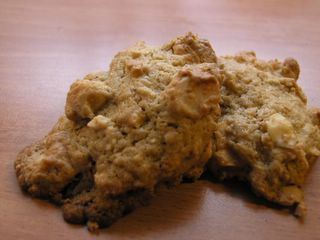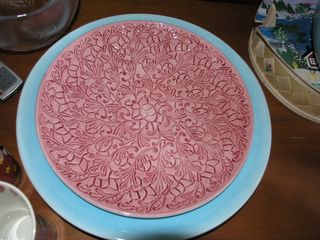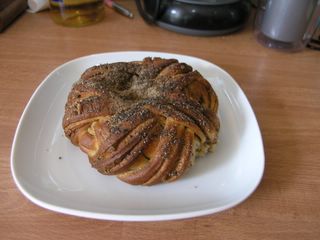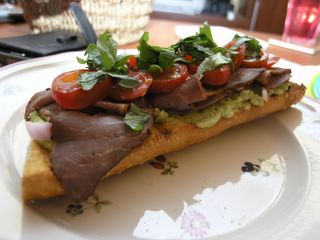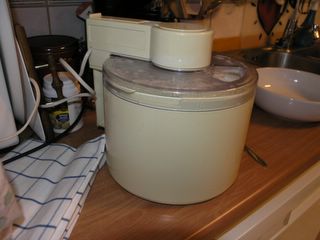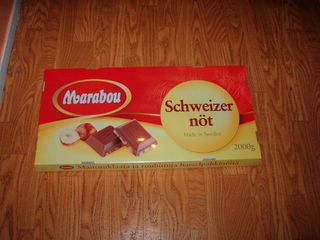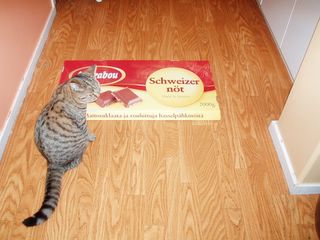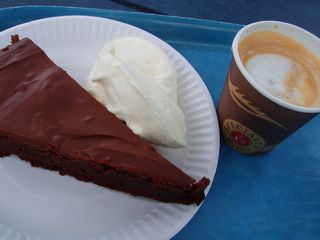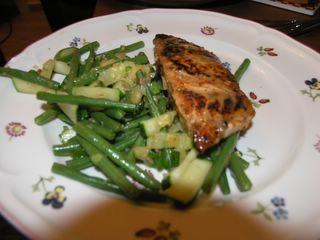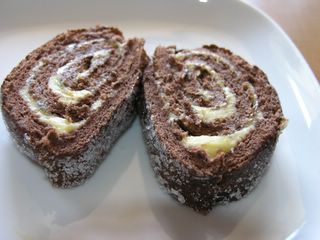
Today I’m going to tell you about my favorite dish in the whole world. It’s a long story. And there are very many pictures, so I'll just do links for most of them rather than full shots. They all feature my parents, working hard to feed their demanding daugther.)
Pelmeenid, or “Belmener” as we have always said, is something I grew up with. My grandfather Aleksander (he’s always called “Grandfather Aleksander”, never just “grandfather”) always made it, so my father and his brother and sister grew up with it too, and then my dad has taken over the tradition of making it. We never did it very often – once or twice a year when I was a kid. It’s fairly tedious, and takes a lot of effort. But it’s very much worth it. Everyone who’s tried it loves it – with one notable exception. Per. (Ah, and yet I married him…)
So – what is it then? It’s really simple. Basically, it’s just meat-filled ravioli. “Ah, Italian!” you might think. No. My dad’s family is from Estonia, and this is an Estonian or possibly Russian dish. I’ve never encountered anyone outside my family who knows it, or at least not like we do it – but as far as I know, it’s a dish my grandfather Aleksander learned when he was young, growing up in Estonia and later on working in Russia. My dad always claimed that the dish was Finnish, I think – that it was invented during one of the many long wars between Russia and Finland. The Finns, in his version, were starving and started cutting the ears off captured Russiand – and ate them. Eventually, they ran out of Russians, but the acquired taste for ears led them to this dish. Because the Pelmeenid do look a bit like ears. I loved this story as a kid. And my dad loved telling all the gruesome details.
My grandfather Aleksander could eat so many of these. The numbers grow for each time the story is told, but I’m positive he ate at least 80. And then had to be rushed to the emergency room. True? Who knows. My grandfather Aleksander is dead since many years.
I don’t expect anyone to try this on their own – it’s a fairly long process, and I think it’d be a bit hard to get them right without knowing what they should be like – but I’ll describe it anyway. This is how we make Pelmeenid in my family.
First, you make the dough. Use two eggs, 400 ml of cold water, plenty of salt, and as much flour as the dough can hold. It should be very stiff, and not sticky at all. I use my Kitchen-Aid. And meanwhile,
flour a table for the finished Pelmeeni to be put upon.
For the
filling, you need about 500 g of freshly ground meat. It should be coarsely ground, NOT finely ground. And if possible, grind it yourself or ask the store to grind it for you. Make sure to use really good beef. This will very much affect the outcome. Add a medium yellow onion, very finely diced, and plenty of salt and black pepper. Loosen the filling with a little bit of water. It shouldn’t be runny, but a little bit soft. If it’s too stiff, or too finely ground for that matter, it’ll turn to hard lumps inside the Pelmeenid. Not what we want.
So. Make the filling, and set aside. Make the dough, kneading it very well, and let it rest under a dish towel for ten minutes. Then, divide the dough into four parts. Make each part into a
long rope, and
cut into finger-wide little pillows. Work on a floured surface at all times! The pasta must NOT stick. A torn Pelmeeni is a dead Pelmeeni.
Make a thumbprint into the pillows, so they’re a little flatter.
Put on a floured surface, cover with more flour and a towel. When all the pillows are flattened, it’s time for the rolling. Take one pillow at a time, and, working with the edges only, shape it into a palm-sized round. It’s important to not make the center too thin, or the Pelmeeni will break.
Put the rounds on a table (actually, NOT a floured one) and leave it for the fillers.
The fillers will take
one round at a time, preferably about five minutes after it has been rolled, flip it onto their palm (it’s important to flip) and put about a teaspoon of filling into it. Then, fold it double and
pinch the edges together firmly. No leaks!
Put the finished
Pelmeeni on a floured surface, cover with more flour, and a towel to make sure they don’t dry out.
Put on your
very largest pot of salted water. Boil the Pelmeenid for about 3-4 minutes. Fish them out with a large slotted spoon. Serve immediately.
Now for the clincher. You eat these with “ättika” which I think translates into white distilled vinegar. Dilute it with water, and pour into little bowls, one for each diner. When you eat, dip the Pelmeeni in the vinegar, and promptly shove it into your mouth. Yeah, the whole thing. The sensation when you bite into the Pelmeeni and your mouth overflows with the meaty juices... oh, pure heaven.
I am a bit of a heathen, and also put ketchup on my Pelmeenid. My dad shudders. But I like it best this way.
This recipe makes about 100 Pelmeenid. That will comfortably feed 5-6 people. I generally eat a little less than 20 in a sitting - and that fills me up completely. Any leftover Pelmeenid can be frozen, in a single layer and with plenty of flour. Use within the next couple of days though. And frozen Pelmeenid are more prone to breakage.



